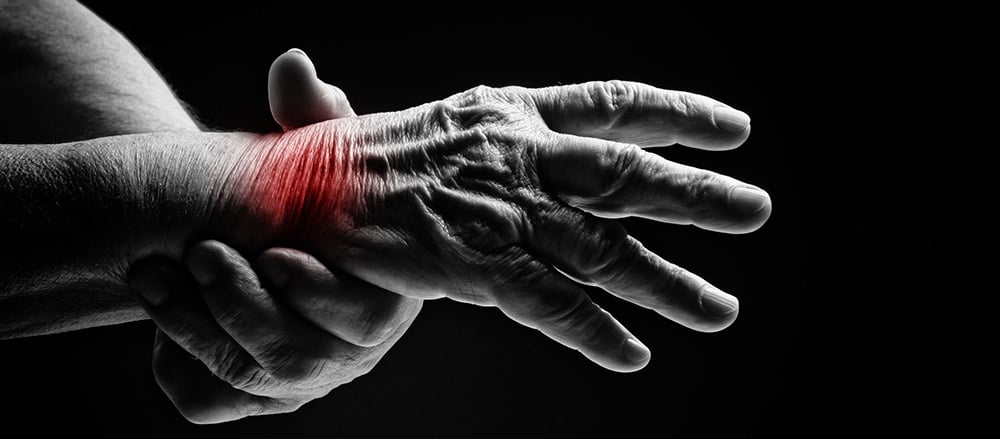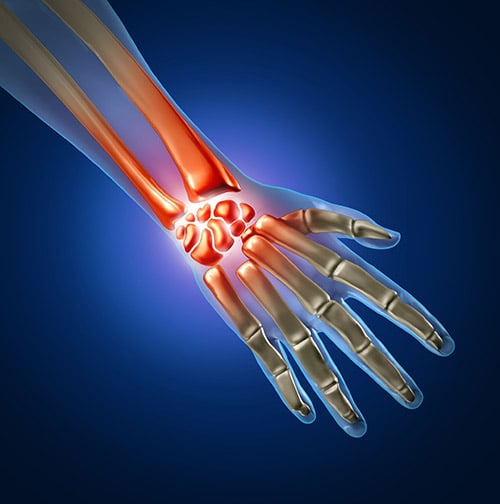How Does the Wrist Work?
In order to understand how complex this disorder becomes, you need to understand the basic mechanics of the wrist and how it works. Despite its small size, the wrist is outrageously complex. It is comprised of multiple elements, including:
Carpal Bones
The wrist is, essentially, a giant joint in the hand. There are eight bones, known as carpals that are unique to just the wrist. There are also the five metacarpals that form the fingers as well as the radius and ulna bones connecting at the wrist as well.
The carpals form the basic function of providing structure to the wrist. By forcing the wrist into a round shape, this allows the concave shape of the radius, ulna, and its articular disk to fit nicely.
Ligaments
Simply put, ligaments connect skeletal structures together. Ligaments are made of fibrous connective tissue which joins bones, cartilage, and joints together. Ligaments keep the skeleton aligned and in shape for movement.
There are four ligaments found within the wrist. Together, these four allow the wrist (and subsequently, the hand) to move. The ligaments allow your wrist to move up and down, around and also provide limited movement side to side.
Nerves
The nerves communicate from the brain to the extremities of the body, telling in exact details what to do. If you want to move your hand, your nerves send an electrical pulse to your hand, creating movement. A pinched nerve may result in tingling or pain within your wrist.
Within the wrist are also three crucial nerves: the radial, ulnar, and the median nerve. The median nerve is the problematic nerve in Carpal Tunnel Syndrome cases. This nerve happens to run from the palm of the hand to the forearm. The median nerve provides feeling to the inner sides of the fingers and thumb. This nerve also provides limited movement for muscles within the hand.
The median nerve, along with the radial and ulnar nerves, is encased within the Carpal Tunnel. The Carpal Tunnel is a small section of bone that houses certain ligaments and blood vessels as well. The Carpal Tunnel can be found on the palm side of your wrist.






